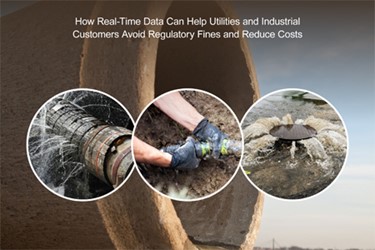Wastewater's Worst Case Scenarios

How Real-Time Data Can Help Utilities and Industrial Customers Avoid Regulatory Fines and Reduce Costs
Clean drinking water is necessary for human survival and is a critical force behind urbanization, electric power generation, agriculture and sustainable life on Earth. However, there’s another side of the water equation that utility consumers take for granted until it bubbles up into the street: wastewater. Population growth or severe weather events can overwhelm sewer systems that lead to spills, contamination and, for utilities, massive fines.
Real-time data is the first line of defense for wastewater utilities. A data infrastructure serves as a window into critical operations, allowing employees to optimize equipment performance and hedge against risk. It is often the most economical solution as well: in many cases, utilities already have many of the core elements for an actionable data infrastructure for improving decision making.
This report features stories from the following utility providers:
- TasWater Can detect blockages faster than ever before through analytics.
- Great Lakes Water Authority: Integrated real-time and GIS data to better manage water during storms.
- Thames Water: Reduced production energy usage by nearly 10%.
- SFPUC Real-time notifications deliver critical spill data to biologists.
Get unlimited access to:
Enter your credentials below to log in. Not yet a member of Water Online? Subscribe today.
